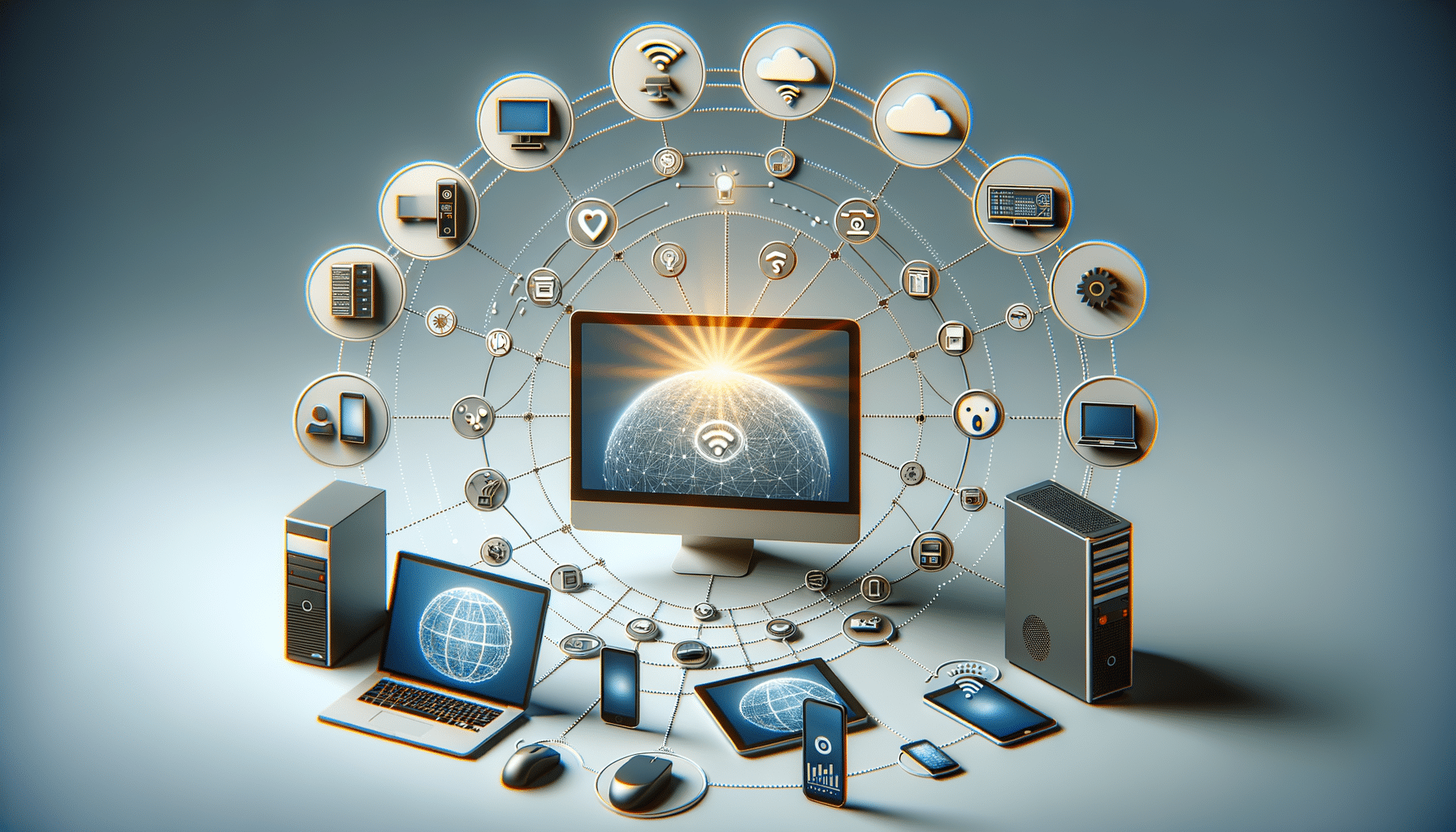
Remote Device Management: Streamlining Your Workflow
Introduction to Remote Device Management
In today’s fast-paced digital world, the ability to manage devices remotely is not just a convenience but a necessity. As organizations increasingly adopt remote work models, remote device management (RDM) becomes crucial for maintaining productivity and security. RDM refers to the process of monitoring, managing, and securing devices from a central location, enabling IT teams to oversee a fleet of devices without being physically present. This capability is essential for businesses looking to streamline operations and ensure that their technology infrastructure remains robust and secure.
With the rise of the Internet of Things (IoT) and the proliferation of mobile devices, the scope of RDM has expanded significantly. Companies are now tasked with managing a diverse array of devices, from smartphones and tablets to laptops and IoT gadgets. This evolution necessitates a comprehensive approach to RDM, one that incorporates advanced tools and strategies to address the unique challenges posed by this diverse ecosystem.
Key Features of Remote Device Management Solutions
Remote device management solutions offer a range of features designed to enhance the efficiency and security of device management. These features include:
- Device Monitoring: Continuous tracking of device performance and health, allowing IT teams to identify and address issues proactively.
- Security Management: Implementation of security policies and measures to protect devices from unauthorized access and cyber threats.
- Software Deployment: Remote installation and updating of software applications, ensuring that all devices run the latest versions.
- Data Management: Secure handling of data, including backup and recovery solutions to prevent data loss.
These features collectively contribute to a more streamlined and secure device management process, enabling businesses to focus on their core operations without worrying about technological disruptions.
Challenges in Implementing Remote Device Management
While the benefits of RDM are clear, the implementation process can present several challenges. One of the primary obstacles is ensuring compatibility across a wide range of devices and operating systems. Organizations must invest in solutions that offer broad compatibility to avoid potential integration issues.
Another significant challenge is maintaining security across all managed devices. As the number of connected devices grows, so does the risk of cyber threats. IT teams must implement robust security measures and continuously monitor for vulnerabilities to protect sensitive data.
Additionally, organizations may face resistance from employees who are concerned about privacy and the potential for micromanagement. Addressing these concerns requires clear communication and the establishment of transparent policies that balance the need for oversight with respect for employee privacy.
Best Practices for Effective Remote Device Management
To maximize the benefits of RDM, organizations should adopt a set of best practices tailored to their specific needs. These practices include:
- Comprehensive Training: Providing IT teams with the necessary training to effectively use RDM tools and address any issues that may arise.
- Regular Updates: Keeping all software and security protocols up to date to protect against the latest threats.
- User Education: Educating employees on the importance of security and the role they play in maintaining it.
- Policy Development: Establishing clear policies that outline acceptable use and security protocols for all managed devices.
By following these best practices, organizations can ensure that their RDM efforts are both effective and sustainable, ultimately leading to improved productivity and security.
Future Trends in Remote Device Management
The future of RDM is set to be shaped by several emerging trends. One such trend is the increasing use of artificial intelligence (AI) and machine learning to enhance device management. These technologies can automate routine tasks, identify patterns, and predict potential issues before they become critical, thereby reducing downtime and improving efficiency.
Another trend is the growing importance of edge computing, which involves processing data closer to where it is generated rather than relying on centralized data centers. This approach can lead to faster processing times and reduced latency, making it particularly beneficial for IoT devices.
Finally, as remote work continues to gain traction, the demand for flexible and scalable RDM solutions will increase. Organizations will need to invest in tools that can adapt to changing needs and support a diverse array of devices and users.
By staying abreast of these trends, businesses can ensure that they are well-prepared to meet the challenges of the future and continue to leverage RDM to drive success.